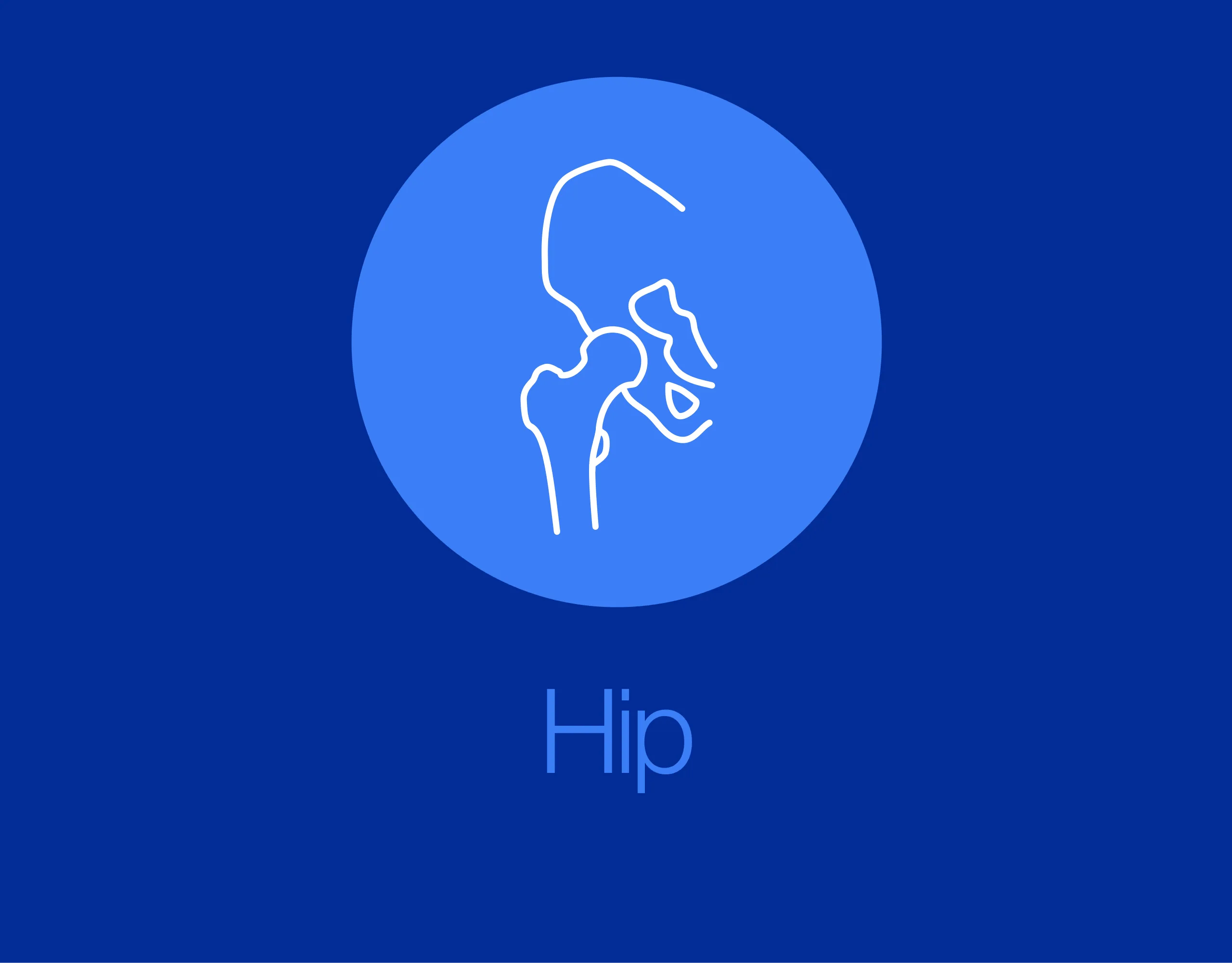Principles of acetabular fracture reduction
1. Principles of acetabular fracture reduction
The goals for ORIF of acetabular fractures are to achieve a perfectly congruent reduction of the articular surface of the hip joint, and to stabilize it sufficiently for healing with maintenance of reduction, while allowing range of motion for the injured joint. The early care of the patient involves prompt closed reduction of significant displacement, particularly hip dislocation. Surgical reduction becomes more difficult with delay, so that definitive treatment must be done as soon as safe and practicable, ideally within 3-7 days.
Careful planning is essential. This requires assessment of the entire patient, recognition of and appropriate treatment for other injuries, as well as focus on the acetabular fracture. With regard to the acetabulum, high quality images must be obtained and analyzed. The fracture must be interpreted and classified, and detailed step-by-step plans for surgical approach, reduction, and fixation must be formulated. If this can not be carried out where the patient is initially seen and resuscitated, arrangements for timely transfer to an appropriate center are essential.
Many acetabular fractures are reduced indirectly, by extraarticular manipulation of fracture fragments, controlled by the reduction of the nonarticular bony surfaces, and intraoperative x-rays, rather than by direct visualization of the joint itself. Reduction may involve traction on the femur to reposition the femoral head, and free articular fragments. Such traction may aid visualization of the joint surface, which may also require dislocation of the joint. Traction can be applied with a special fracture table, a femoral distractor, or manually, with bone hooks or threaded pins as handles on the femur or major fragments. Individual fragment reduction is achieved with direct manipulation using threaded pins or clamps as handles on the fragments, and clamps, screws, or plates to stabilize and compress interfragmentary reduction. One must plan stepwise reduction and fixation of these frequently multifragmentary fractures. Frequently, combinations of reduction aids and fixation devices must be used.













